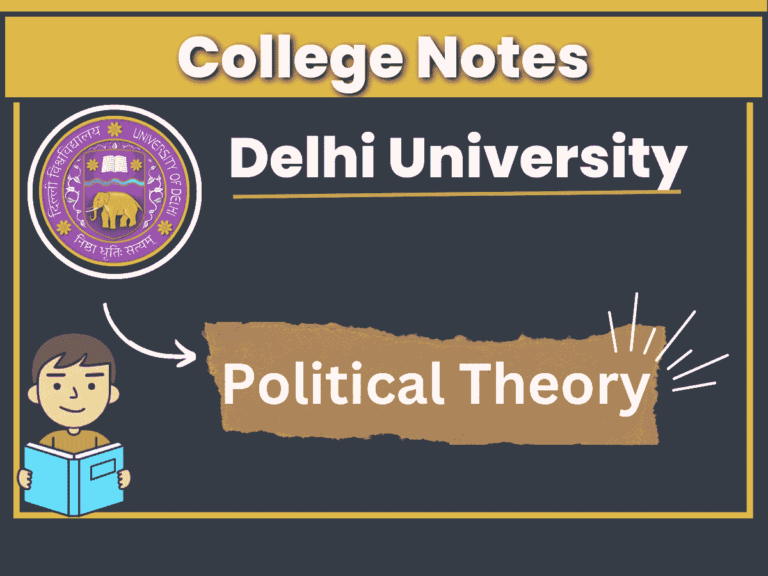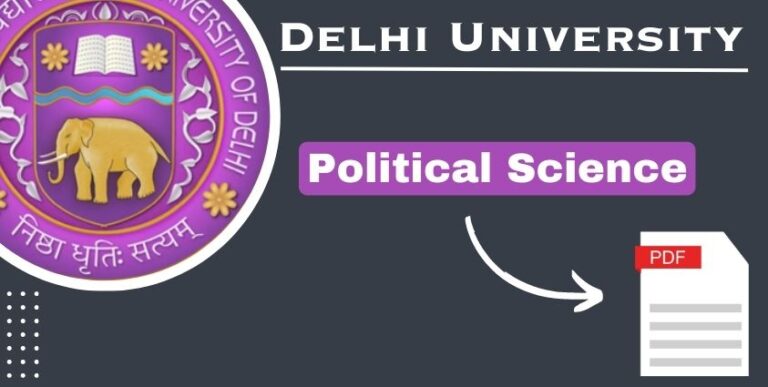The Relationship Between Economics and Politics | Demand and Command Polity
8 Types of Politics and Economics Performance
The relationship between economics and politics
Rudolph & Rudolph present the relationship between economics and politics through two models – command politics and demand politics. They use these models to explain the relationship between economy and politics in the Indian context and Rudolph & Rudolph have divided it into four major stages to explain the relationship between them in Indian politics. In these phases, it can be clearly seen in governance when there was a command policy and when there was a demand policy.
Democratic Governance/Command Polity 1 (1952–53) (1963–64)
The first phase of the relationship between economy and politics is seen as the Nehru era. The Nehru era was characterized by a democratic regime and a non-authoritarian command polity. Congress governments led by Nehru were able to invest in the future because they could count on Nehru’s inspiring leadership, the effectiveness and autonomy of the organizational wing of the Congress party at the center and in the states, and official state institutions.
Quantitative indicators of demand polity, such as voter turnout, strikes and exemptions, student indiscipline, and the number of riots, have been low in these phases.
The economic performance in the general elections of 1952, 1957, and 1962 was excellent. This era, which included the Second and Third Five-Year Plans, is retrospectively seen as a kind of political and economic golden age.
Central government capital formation, as reflected in it, increased from about 25% before the First Five Year Plan (1950–51) to an average of less than 50% during the Second and Third Five Year Plans, peaking during the last two years of the Second Plan. Industrial production accelerated during and in the first four years of the third. Cereal production increased with a 20% increase between the last year of the First Plan (1955–56) and (1964–65) the year before the failure of the great monsoon (1965–66). (1956-66) the price index rose by more than ten points.
Democratic Governance / Demand Polity 2 (1964-65 to 1974-75)
This second phase of the relationship between politics and economy is seen as Demand Polity. Demand politics emerged prominently in 1964-65 and it continued till 1974-75.
Several exogenous factors have contributed to its emergence. This included losses due to security, political and economic events. Military failure in wars with China (1962) and Pakistan (1965), the death of two prime ministers (Nehru, Shastri), and poor monsoon in 1965–66, when food production decreased and prices increased. These incidents created necessary conditions for the rise of demand polity, not necessary, and demand polity emerged.
Quantitative and historical evidence for the rise of demand polity after 1965 includes an increase in electoral participation, riots, strikes, agrarian unrest, and student indiscipline.
Baldev Raj Nair:- has explained the proportions of the riots. According to him, between (1954-55) to (1963-64) and (1966-67) there was a sudden spurt in riots. April-August 1966 This was the time when there was a shortage of food and there was a widespread suspension of business and protests against food rationing and demonstrations against price hikes, tax hikes, hoarding, and profiteering, etc.
In the middle of 1972, the Congress Party under the leadership of Mrs. Indira Gandhi realized from the events of 1969 that the Congress Party could return to the democratic rule/command polity of Nehru’s time. He split the party (Congress) in 1969 and nationalized the fourteen largest commercial banks along with the abolition of private purses and “Garibi Hatao” gave the slogan
In this second phase, the relationship between Indian politics and the economy started with demand politics and gradually after the efforts of the party, it changed and moved towards command politics.
Authoritarian rule/Command politics 3 (1975–76) to (1976–77)
In this third phase, Mrs. Indira Gandhi’s version of command politics and corporate politics banned strikes and demonstrations. Opposition leaders were arrested, freedom of the press was curtailed and citizens were deprived of their civil and political rights, as well as the period of the command polity (1965–75) ended.
The stated purpose of the emergency regime was to restore civil order and economic discipline. The duration of the autocratic rule may have been too brief to support reliable conclusions. The economic signals suggested some positive performance.
Food production increased with the help of favorable monsoons, so industrial production also increased rapidly. However, the authoritarian regime was not able, in the two budgets, to increase the proportion of total expenditure devoted to capital formation, despite the decline in prices. Proportionally, the public budget declined and consumption expenditure increased.
Democratic Governance / Demand Politics 4 (1977-78) to (1984-85)
In this last phase of the relationship between Indian politics and economy, according to Rudolph and Rudolph, there is a resurgence of demand politics.
The Janata Party’s surprise election victory in March 1977 brought an end to autocracy when its government restored constitutional government, a liberal state, and democratic political processes. Quantitative and qualitative evidence suggested a “demand polity”. indicated a revival.
The Congress government continued after returning to power in 1980. Student indiscipline rates in the 1980s and “workday’s lost” from 1979 to 1984 surpassed those of the 1960s. .
The Ministry of Home Affairs reported serious law and order problems in (1978–79, and 1979–80) and thereafter, and specifically noted the presence of the farmers’ agitation for wage prices in 1980–81. A development that signaled a new constituency for demand, as well as labor unrest reaching unprecedented levels in 1984.
This was followed by both the Janata government and the Congress government, in the face of poor monsoons in 1979 and 1982, as well as a substantial increase in agricultural production and a subsequent decline. Industrial production picked up slowly in the late 1970s but in the 1980s.
of the 1960s and 1970s “slow industrialization” disconnected and conversely, the gains in the rate of industrial growth were offset by the marked increase in workdays. The proportion of central government expenditure on capital formation increased slightly to emergency levels. One benefit that many considered insignificant was the clearly marked increase in the capital-output ratio.
So in this way, Rudolph & Rudolph try to understand the relationship between Indian politics and the economy through different phases in which command and demand politics have played a major role.
Conclusion
After studying the relationship between politics and the economy, it can be concluded that there is an uncertain relationship between governance and politics on the one hand and economic performance on the third.
The authoritarian regime achieved many successes during the Emergency, such as hoarding control, recovery of black money, better attendance at government offices, compulsory deposits, more stringent tax collection, fall in prices, a wage freeze, etc.during the Nehru era and also under Janata governments (I.Gandhi or R.Gandhi) democratic governance was associated with good economic performance.



